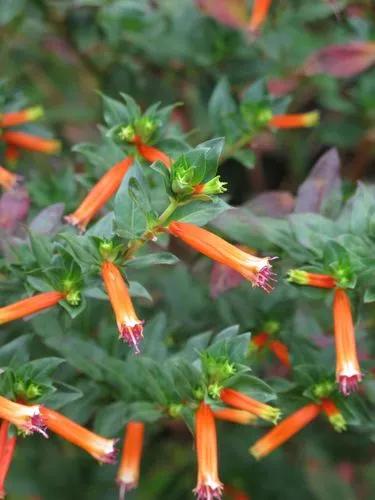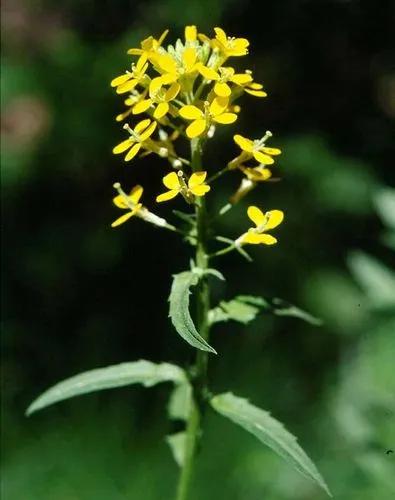Elephant ears is a plant that can get your attention because of its spectacular patterned foliage.
Colocasia is mostly grown for decorative purposes with its beautiful large heart-shaped leaves. However, in tropical regions, this plant is also grown for its edible starchy tubers.
Cocoyam Care
Colocasia esculenta
Other names: Elephant Ears Plant, Aivi, Bleeding Heart, Dasheen, Eddo, Egyptian Ginger, Imo, Kalo, Keladi, Talas, Callaloo, Dalo, Colocasia Antiquorum



Elephant ears, also known as taro, is a common name for Colocasia plants. Colocasia is native to Pacific Islands, Malaysia, and New Guinea.
The plant can be treated as perennial or as an annual one; it depends on the climate zone where it grows.
The leaves are held on the end of succulent petioles, which come directly from the corm, sometimes called bulbs.
How to Care for the Plant

Water

Elephant ears plant should be kept moist. It can be watered once a day (in the morning) or two-three times a day, depending on the conditions. Check the top layer of the soil: if it feels moist, the plant is watered well. Also, avoid water from getting on the leaves; always water the plant near the root base.

Pruning

As the old leaves die and become dry and brown, they should be removed. Also, winter pruning is necessary (it should be done two-four days after the first frost). The most important part is snipping off the leaves carefully: you should make clean cuts and not tear them in any way. Always use sterile and sharp instruments.

Fertilizer

This plant is considered a heavy feeder. Use water-soluble high-nitrogen or 20-20-20 fertilizer every two weeks during the active growth period. As for outdoors, top dressing with organic compost is also a great choice.

Sunlight

Colocasia prefers bright sunlight unless grown in extremely hot, low humidity climates, where some light shade will be necessary. However, the plant also tolerates part-shade conditions.

Soil

The soil should be well-drained, rich, humusy, and slightly acidic. Universal potting mix will be a great choice. If Elephant ears are planted outside, the ideal options will be marshy areas and gardens situated around the water.

Propagation

The best way of propagating Elephant Ear is by division during the fall.
Divide the tuber into several clumps, each of them should have at least one growth node. Keep the clumps in a dry and dark place at room temperature for about a week. Then store them in the place with above freezing temperatures until the following spring. Plant roots with the growth nodes facing up.

Temperature

Elephant Ears comes from tropical regions, so the ideal temperature should be around 70-85 ̊F (21-30˚C). Don't let the temperature drop lower than 60 ̊F (15˚C).

Container

Colocasia can be grown both indoors and outdoors. As an indoor plant, Elephant ears can be placed in pots of any material. However, remember that the plant is growing rapidly, so the planter should be big enough for a mature plant.

Fun fact

Colocasia has been grown by humans for over 2000 years. From Pliny's manuscripts, it is known that taro was commonly used by the Egyptians because of its edible tubers in his time.

Popularity

27,347 people already have this plant 3,713 people have added this plant to their wishlists
Discover more plants with the list below
Popular articles






